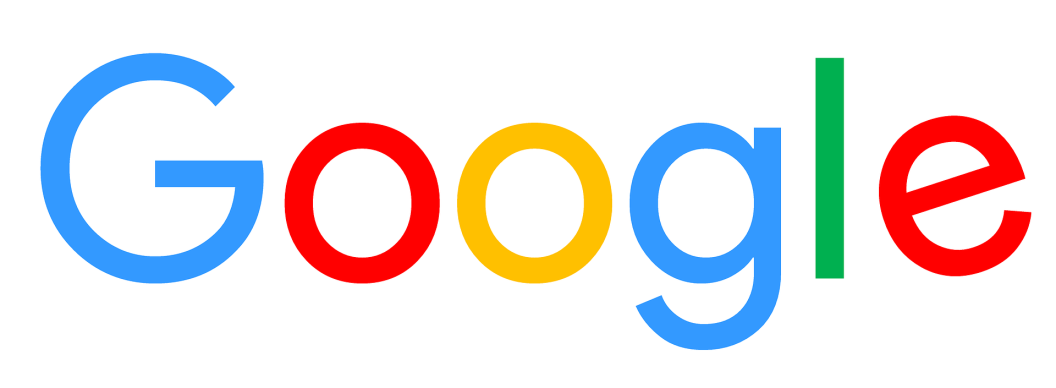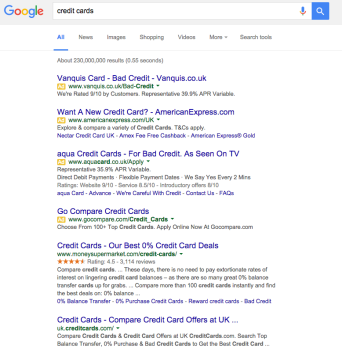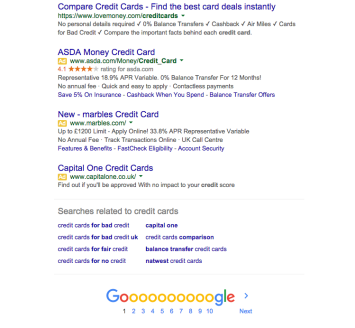Google announced this week that it would be changing the way it displays PPC ads on its search results pages. Google will no longer be displaying PPC ads on the right hand side of the SERPs!
As of now PPC ads will be displayed as a block of 4 ads at the top of the page and a block of 3 ads at the bottom of the page.
Please see below examples of this:
Top results
The Good
New opportunity for paid advertisers
According to research by Iprospect, which is summarised in a search engine land blog post [can be found here] the ads at the top of results gain a 14x higher click through rate than the same advert when it had appeared on the right hand side.
This means if your strategy had been to place your ads in the ‘goldilocks spot’ of the top right hand side your ad will more often than not now appear in the top 4 banner positions moving forward. This means your ad will now get a better CTR, which helps improve your quality score and ultimately lower your cost per click.
Ad Extensions really come into play
Ad extensions allow you to add more information to your advert to help it stand out from competitor’s ads. Many ad extensions wouldn’t work on ads on the right hand side but now ads are top and bottom will be eligible to appear a lot more often. This makes the information you present in your ad extensions and the quality of it even more important moving forward as they can really aid CTR.
The Bad
Increased CPCs
Change always causes panic and as this change involves the amount of ad slots available on page 1 dropping from between 9 & 11 to a max of 7, this is likely going to result in advertisers increasing bids to maintain ad position and impression share. As mentioned for above for some this increase may be mitigated by a increase in QS but many are going to see CPCs raise. The only real winner in this instance here is Google.
Organic traffic may suffer
In the same article we linked to further up in this post; a brand new search result page for a typical commercial search query only had 8% of the above the fold area dedicated to natural search results. Its been documented for years how many users don’t make it below the fold so this will almost certainly prove a difficulty for SEO traffic.
What does this all mean moving forward?
PPC ads with the new display arrangement will start to take a larger percentage of search traffic meaning if you’re not using paid ads on Google it may now have to be considered to ensure traffic levels from Google remain the same.
However, with CPC rises [almost certainly in the short term] the battle to win paid traffic is about to get more ferocious and expensive.
This ultimately means a joined up digital marketing solution is going to be more important than ever!


